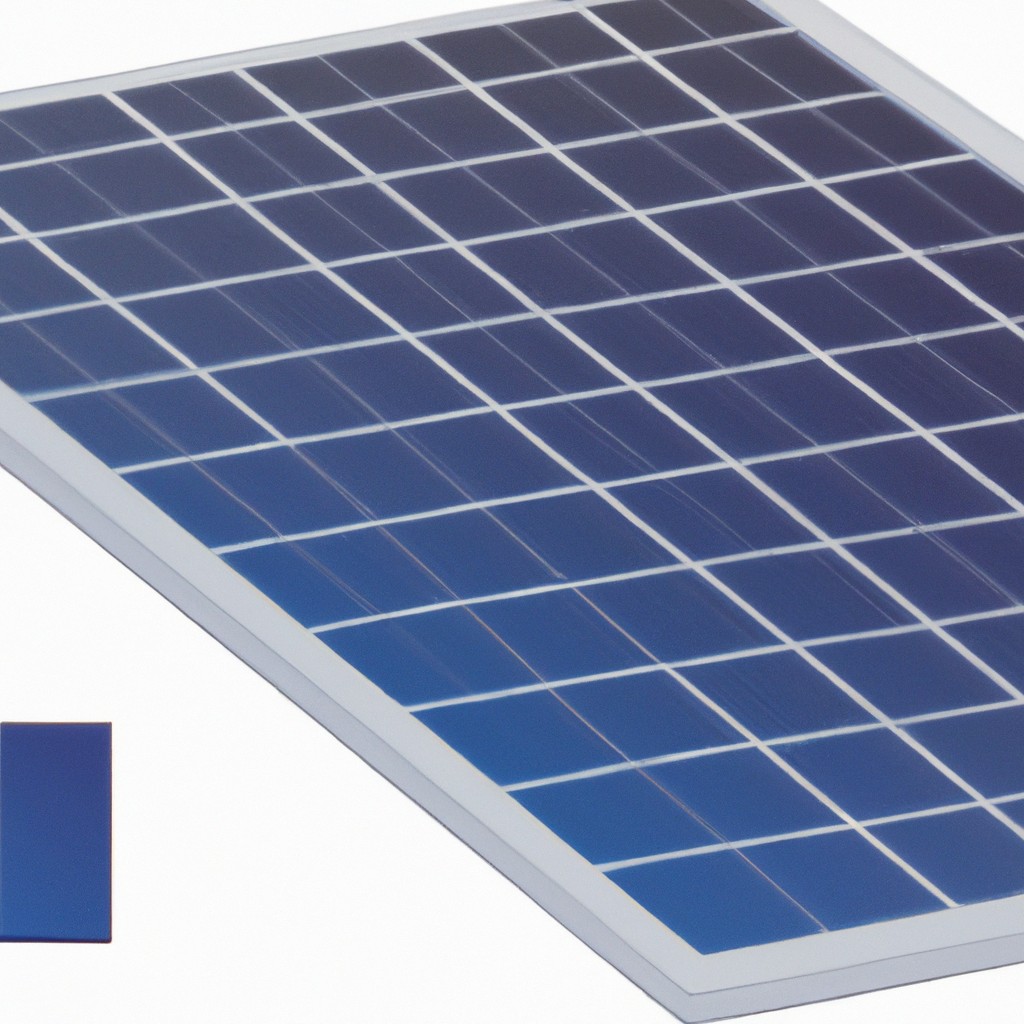This article explains how bifacial solar panels work and the benefits they offer for solar energy systems.
Key takeaways:
- Bifacial solar panels capture sunlight from both sides for increased energy production.
- Their dual-sided design enhances energy generation by 5-30% compared to monofacial panels.
- Bifacial panels require careful installation on reflective surfaces for maximum efficiency.
- They are suitable for commercial and utility-scale applications, as well as residential areas with limited space.
- Bifacial panels cost 10-20% more and require specialized mounting systems for optimal performance.
What Are Bifacial Solar Panels?

Bifacial solar panels feature cells that capture sunlight from both their front and back surfaces, harnessing energy from direct sunlight above and reflected light below. This dual-sided design distinguishes them from traditional monofacial panels, which only collect sunlight on one side.
The materials used for bifacial panels are typically the same as those for monofacial panels, with silicon being the common element. However, they often incorporate transparent or semi-transparent backsheets, allowing light to pass through and be reflected back.
By catching sunlight from multiple angles, these panels can produce more electricity than their single-sided counterparts, especially in environments with high reflectivity like snow, sand, or concrete surfaces. This improvement in output can make bifacial panels a more attractive option, particularly in space-constrained or efficiency-oriented installations.
Bifacial Vs. Monofacial Solar Panels: Advantages and Disadvantages
Bifacial solar panels can absorb light from both sides, harnessing sunlight reflected off the ground or other surfaces, while traditional monofacial panels capture sunlight from only one side. This dual-sided design allows bifacial panels to generate more electricity, often enhancing energy production by 5-30% compared to monofacial counterparts.
However, the increased efficiency of bifacial panels comes with a higher initial cost. They require transparent backs and are typically made with more durable materials, contributing to a larger investment upfront. Moreover, the installation process for bifacial panels can be more complex. They perform best on highly reflective surfaces like white gravel or roofs, and settings must be optimized for angle and height to maximize light capture from both sides.
In environments with limited space, monofacial panels may be more applicable. They are simpler to mount and manage, making them a practical choice for residential areas. Their lower cost of production also makes them more accessible for those with a tighter budget.
Choosing between bifacial and monofacial solar panels ultimately depends on specific project needs, available resources, and long-term sustainability goals.
How Do Bifacial Solar Panels Work?
Bifacial solar panels are designed to capture sunlight from both sides. While traditional panels collect light only from the front, these innovative units utilize the back side as well, enhancing their energy generation potential.
The secret lies in their construction. Unlike standard panels, which have an opaque backing, bifacial models use transparent ones. This allows light that passes through or is reflected off the ground to be absorbed by the cells on the rear side.
For optimal performance, they are typically mounted on a raised structure. This setup not only facilitates the capture of reflected sunlight but also cools the panels by improving air circulation around them, which can further increase efficiency.
To maximize energy generation, installation locations with high reflective surfaces, such as white gravel or concrete, are ideal. This enhances the albedo effect—whereby light is bounced back from the ground to the panel, significantly boosting output.
In summary, through utilizing both direct sunlight and reflected light, bifacial solar panels outperform their monofacial counterparts by generating more power in the same footprint. This makes them an excellent choice for those looking to maximize their energy yield.
Bifacial Solar Panels for Commercial, Utility-Scale, and Residential Applications
Bifacial panels excel in various settings due to their ability to capture sunlight from both sides. When used in large commercial structures or utility-scale solar farms, the enhanced energy generation can significantly offset initial installation costs. These settings often involve high, tilted mounting which promotes optimal sun exposure and access to reflected light.
In residential areas, bifacial solar panels can be an ideal choice for places where roof space might be limited but light conditions are favorable. For instance, installing them on pergolas or garden sheds not only provides energy but also adds an aesthetic appeal.
These panels require a certain amount of open space around them to fully capture reflected and direct sunlight. Such spacing is routinely found in commercial or utility installations, making them prime candidates for bifacial technology. On the other hand, thoughtful placement is necessary in residential zones to maximize efficiency without requiring extensive land modification.
Bifacial Solar Panels Cost and Installation Guide
Bifacial solar panels tend to be more expensive than their monofacial counterparts because of their enhanced energy-generating capabilities. On average, the additional cost can range from 10% to 20% more. However, the increased energy yield over their lifespan often compensates for the initial higher investment.
Installation for bifacial panels is somewhat more complex, as they require a specific type of mounting system to maximize sunlight exposure on both sides. Clear or transparent surfaces beneath the panels, such as glass or reflective materials, can further optimize energy capture.
Choosing a south-facing (in the Northern Hemisphere) installation or a north-facing one (in the Southern Hemisphere) takes utmost advantage of the sun’s path. Additionally, ensuring there’s enough distance between the ground and the panels minimizes potential shading and facilitates the capture of reflected light.
Before proceeding, consulting with a professional installer who has experience with bifacial technology is crucial. They can offer guidance tailored to specific roofs or ground areas, contributing to optimal setup and functionality.




